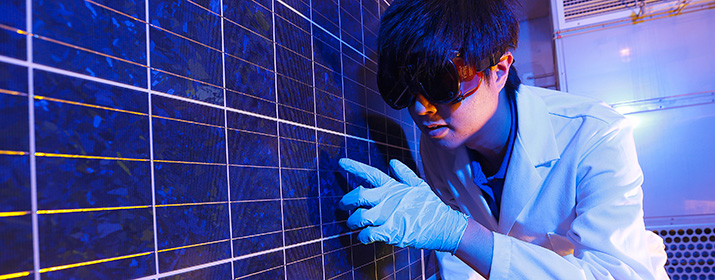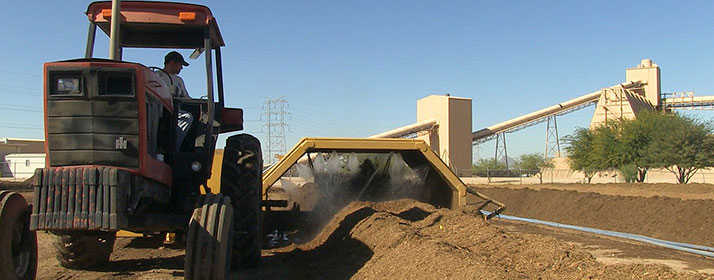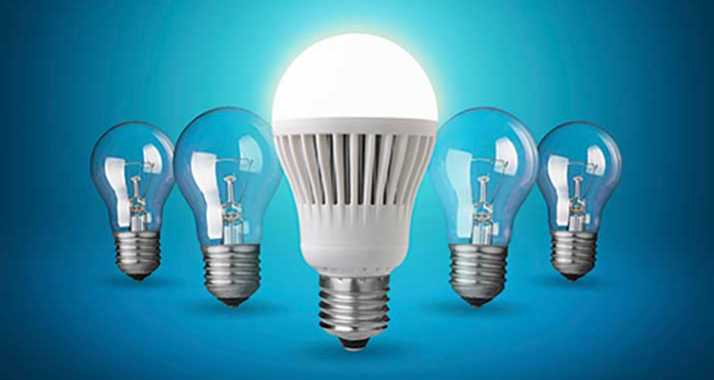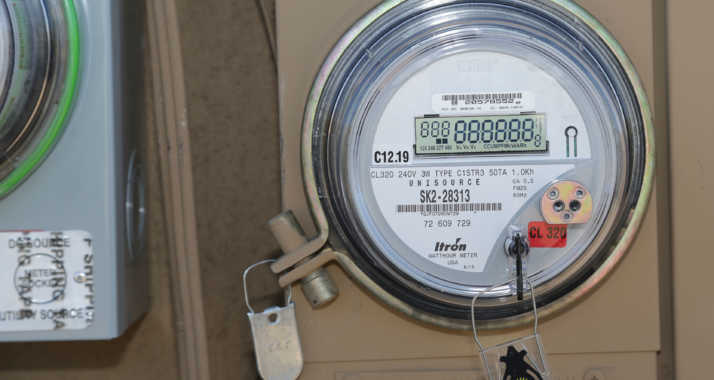

Tucson Electric Power has an extensive partnership with the University of Arizona to study and identify the optimal integration of renewable energy technology.
Researchers and scientists in the UA Renewable Energy Network work closely with TEP personnel to test solar panels, forecast weather, experiment with different solar technologies and develop batteries for storing energy.
“The UA is helping us integrate renewable resources onto the grid in a cost-effective fashion,” said Ted Burhans, TEP’s Manager of Renewable Energy. “The university can utilize its many areas of expertise such as physics, atmospheric science, chemistry and computer engineering. Bringing together all of these minds helps us get the answers we need to better serve our customers.”
The partnership began in the late 2000s with the solar test yard on TEP’s Irvington campus and went on to include the UA Tech Park’s Solar Zone, the largest multi-technology utility-scale solar energy project in the world.
In recent years, the partnership has expanded to look at questions beyond simple functionality.
“Originally, we looked at how solar panels work. Do they do what they claim to do in terms of performance? This has morphed into multiple studies looking at the cost-effectiveness of various solar technologies,” Burhans said. “UA researchers test materials to make sure we’re using a good product. This benefits our new TEP Residential Solar Program and planned community-scale solar projects.”
Four major research projects with the UA are underway:
- Evaluating various solar power modules in the test yard
- Evaluating solar panels in the accelerated degradation lab
- Forecasting the reliability of renewable power through advanced weather monitoring and modeling
- Simulating the environmental impacts and cost of various mixes of renewable energy technology in TEP’s energy portfolio
Ardeth Barnhart, Director of the UA Renewable Energy Network, said the broad scope of the research and close collaboration with TEP has generated a significant amount of data that will support a more efficient and adaptable energy landscape in the future.
“One of the nice things about these research projects is they keep growing and involve a lot of students in science and engineering,” Barnhart said.
Burhans said the partnership is unique: “Few utilities work as extensively with their local university as we do. We’re proud of this partnership.”






